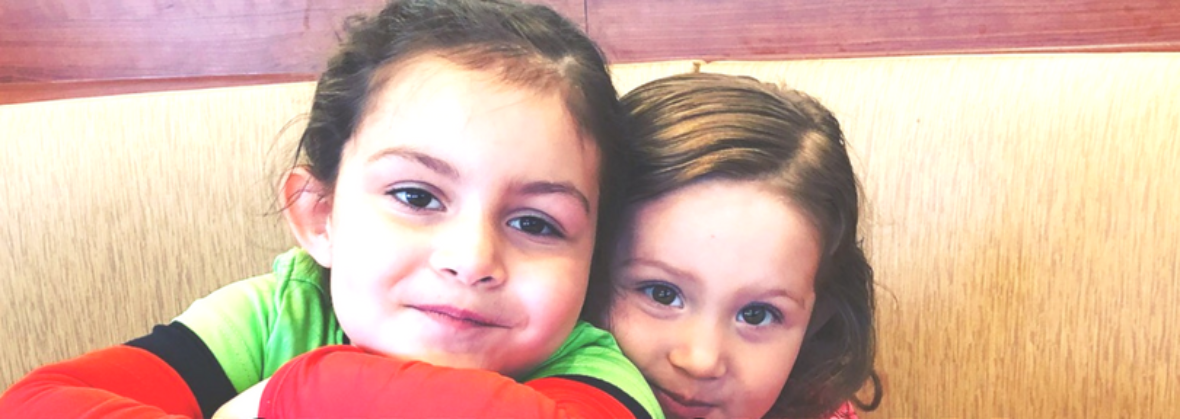As a child therapist, one of the frequent concerns of parents or behaviors that I see in school age children is Attention Deficit Hyperactivity Disorder (ADHD). As of 2011 approximately 11% of children between the ages of 4 and 17 years old have been diagnosed with ADHD. That equates to about 6.4 million children, which is a number that continues to rise over the years.
ADHD is typically classified in three different types: hyperactive, inattentive or combined type (both hyperactive and inattentive). The signs and symptoms of ADHD are as follows: fidgetiness, interruption of others, has trouble waiting his or her turn, talking non-stop, blurting out the answer in class, being constantly “on the go”, being unable to play quietly, leaving their seat, being forgetful in daily activities, avoidance of tasks that require sustained effort, losing things/belongings, being easily distracted by external stimuli, difficulty with organizing tasks, not listening to instructions or when being spoken to, and difficulty sustaining attention and concentration.
There is no single test that can diagnose a child with ADHD. It is usually diagnosed when a child is exhibited some or all of the above listed symptoms on a regular basis for more than six months and that these symptoms are present in more than one setting (home, school, and/or community) and have been present since the age of 12. When a family comes to me with a child exhibiting these symptoms, I find it very important to get information from the child’s school in regard to the child’s behavior. Does the teacher feel that there are issues with attention and concentration or hyperactivity in the class? Is the child a behavioral problem because they can’t sit still or are constantly blurting out or leaving their seat? Often times myself and the other therapists I work with will send the parent or guardian home with a Vanderbilt or Conner’s scales for the teacher to fill out and have a space for the teacher to express their concerns regarding the child’s behavior and progress. These scales are tools therapists and psychologists use to determine an ADHD diagnosis. I like this collaborative approach because the place where ADHD affects the child the most is in school. The inability to stay focused or sit still (or both) can drastically affect the child’s grades.
For treatment, there are quite a few options. The first option that I prefer and start with is behavioral therapy. Working with the child on impulse control and expanding their focus and concentration during therapy sessions helps a lot and many families see improvement with just this. I also like to work with the parents on implementing more structure within the home setting. The use of visual aids, charts, and organizational systems in the home also help in a major way.
The other option one may consider is a more holistic and natural approach. There is research that suggests that the avoidance of certain food coloring and preservatives in food (particularly the yellow and red dyes), cutting out sugar (particularly in juices and snacks), the use of essential oils (wild orange and peppermint are noted to improve focus), and the use of supplements (which should be discussed with your doctor before trying) can help improve the symptoms of ADHD.
The last option one can try is medication. This is something that can be discussed with a mental health professional, child psychiatrist or primary care physician in regard to medication treatment options.
If you are concerned about whether your child might have ADHD, the first step is to talk with your healthcare provider to see if the symptoms you observe fit the diagnosis. If they feel it does, they may refer you a mental health agency for treatment.

